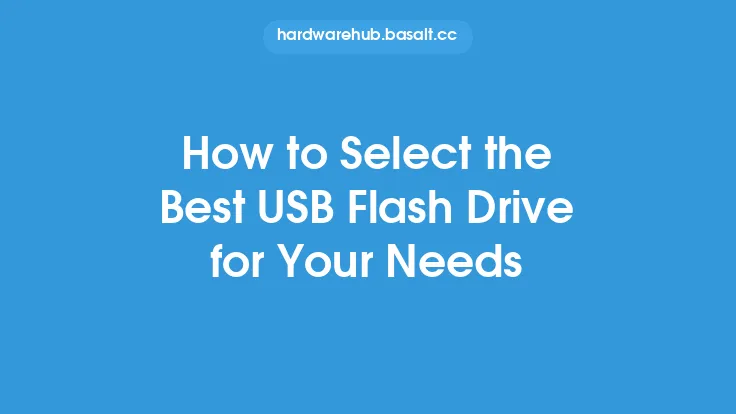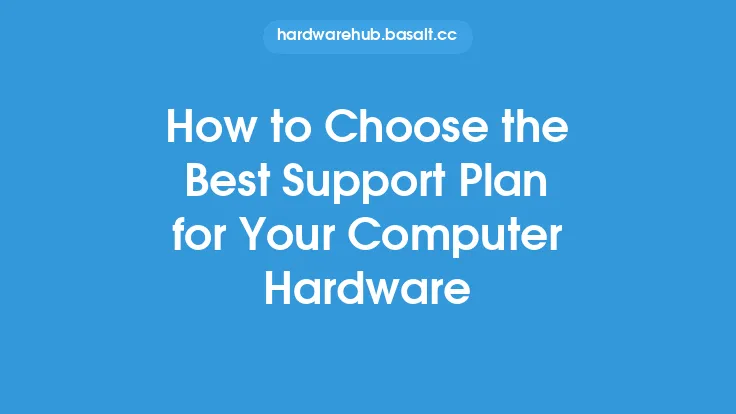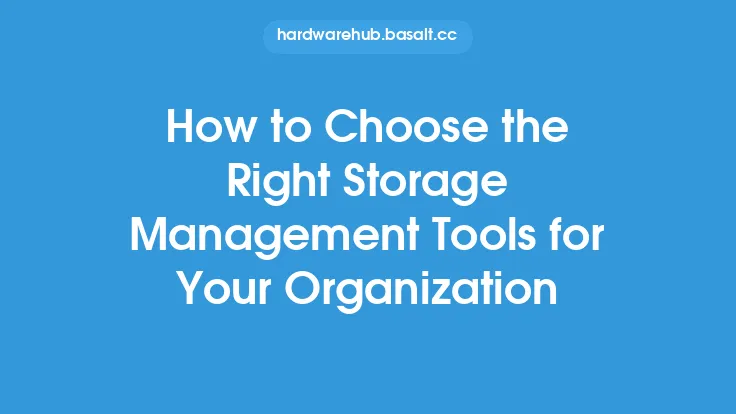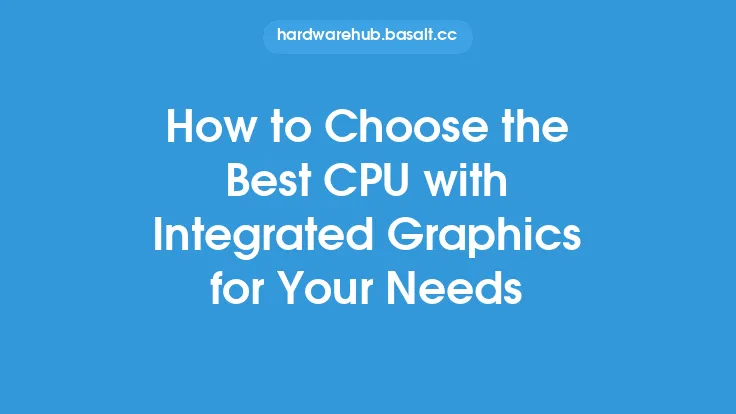When it comes to choosing the best cloud storage plan for your needs, there are several factors to consider. With so many cloud storage providers and plans available, it can be overwhelming to decide which one is right for you. In this article, we will break down the key considerations to help you make an informed decision.
Understanding Your Storage Needs
The first step in choosing the best cloud storage plan is to understand your storage needs. This includes considering the amount of data you need to store, the type of files you will be storing, and how often you will need to access them. If you are an individual, you may only need to store a few gigabytes of data, such as documents, photos, and videos. However, if you are a business, you may need to store much larger amounts of data, including files, databases, and applications. It's also important to consider the file types you will be storing, as some cloud storage providers may have limitations on certain file types, such as large video files or executable files.
Evaluating Cloud Storage Providers
Once you have a good understanding of your storage needs, it's time to evaluate the different cloud storage providers. There are many providers to choose from, including Google Drive, Microsoft OneDrive, Dropbox, and Amazon S3, among others. Each provider has its own strengths and weaknesses, and some may be better suited to your needs than others. When evaluating cloud storage providers, consider factors such as storage capacity, pricing, security, and ease of use. You should also consider the provider's reputation, customer support, and any additional features they may offer, such as file sharing, collaboration tools, and data analytics.
Storage Capacity and Pricing
Storage capacity and pricing are two of the most important factors to consider when choosing a cloud storage plan. Most cloud storage providers offer a range of plans with different storage capacities, from a few gigabytes to several terabytes. Pricing varies widely depending on the provider and the plan you choose, with some providers offering free plans with limited storage capacity and others charging hundreds or even thousands of dollars per month for large amounts of storage. When evaluating pricing, consider not only the cost per month but also any additional fees, such as data transfer fees or fees for additional features.
Security and Compliance
Security and compliance are critical considerations when choosing a cloud storage plan. You want to ensure that your data is protected from unauthorized access, theft, or loss, and that the provider is compliant with any relevant regulations, such as GDPR or HIPAA. Look for providers that offer robust security features, such as encryption, two-factor authentication, and access controls. You should also consider the provider's compliance with industry standards, such as SOC 2 or ISO 27001.
Ease of Use and Integration
Ease of use and integration are also important factors to consider when choosing a cloud storage plan. You want to ensure that the provider's interface is user-friendly and easy to navigate, and that it integrates seamlessly with your existing applications and workflows. Consider providers that offer desktop and mobile apps, as well as web-based interfaces, to ensure that you can access your data from anywhere. You should also consider the provider's API and any integrations they may offer with other applications and services.
Scalability and Flexibility
Finally, consider the scalability and flexibility of the cloud storage provider. You want to ensure that the provider can grow with your needs, and that you can easily upgrade or downgrade your plan as needed. Look for providers that offer flexible pricing plans, as well as the ability to scale up or down to meet changing demands. You should also consider the provider's support for different data types, such as block, file, or object storage, to ensure that you can store and manage your data in the way that best suits your needs.
Additional Features to Consider
In addition to the factors mentioned above, there are several additional features to consider when choosing a cloud storage plan. These may include file sharing and collaboration tools, data analytics and reporting, and disaster recovery and business continuity features. You should also consider the provider's customer support, including any online resources, phone support, or email support they may offer. Finally, consider the provider's reputation and any awards or recognition they may have received, to ensure that you are choosing a reputable and trustworthy provider.
Making Your Decision
Once you have evaluated the different cloud storage providers and considered the factors mentioned above, it's time to make your decision. Start by narrowing down your options to the top two or three providers that best meet your needs. Then, compare the features and pricing of each provider to determine which one offers the best value. Finally, read reviews and ask for referrals from friends, family, or colleagues to get a sense of the provider's reputation and customer satisfaction. By following these steps, you can choose the best cloud storage plan for your needs and ensure that your data is safe, secure, and easily accessible.





